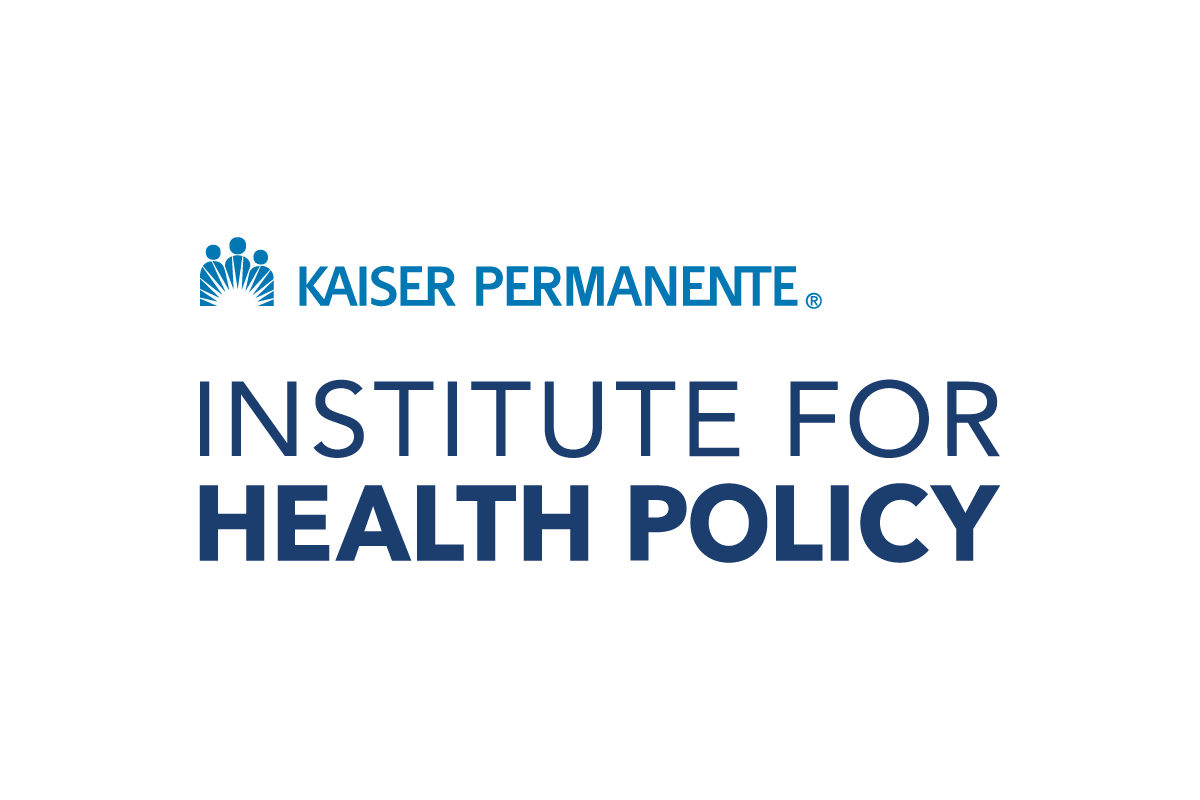
The arrival of the novel coronavirus has raised unprecedented challenges across the globe. In our collective effort to help flatten the curve of this pandemic, we are making substantial changes to our daily lives.
Physical distancing policies currently in place — while necessary to protect the public’s health — may lead to adverse mental and physical health outcomes and have already resulted in profound economic and social stress for millions.
These sudden and impactful changes to our lives — both economic and social — can be catalysts for feelings of anxiety, fear, and stress. These feelings can be exacerbated by a sense of loneliness or isolation as we practice physical distancing, and are especially worrisome for already vulnerable populations.
The crisis demonstrates the duality of public policies. In this case, policies aimed at protecting our physical health can have an unintended negative impact on our mental health. One of the most important things we can do for our health and the health of those around us is to strengthen social bonds — even as we keep physical distance.
Physical distancing policies — while necessary — can increase social isolation and loneliness
State and local governments throughout the country have implemented measures to reduce social interaction and slow the spread of COVID-19. Even as we’re seeing some states begin to ease restrictions, physical distancing is still recommended for the foreseeable future. Small and large businesses alike are closing their doors, leading to the biggest spike in jobless claims in U.S. history.
Physical distancing policies vary in the degree to which they restrict our movements and interactions with each other. The least restrictive policies include shelter-in-place ordinances, and business and school closures. Sheltering in place requires people to stay in their homes, leaving only for designated exceptions such as purchasing food, getting medical treatment, going to work, or caring for the vulnerable. Six counties in the California Bay Area were among the first to issue shelter in place orders in early March 2020, directing residents to remain in their homes except for essential services and activities. Similarly, temporary business and school closures were enforced to mitigate community spread of the virus. This also included limiting visitors to nursing homes, along with closing child care centers, schools, and colleges. As of May, 48 states and 5 U.S. territories have ordered or recommended school closures for the rest of the academic year.
Loneliness is a health issue
These policies, which have significantly altered our daily routines by avoiding social gatherings, running errands, and going to work, unfortunately also risk severing social networks and connections that are essential to our physical and mental health.
Research tells us social isolation and loneliness — including the perception of lacking meaningful connection with others — can have a real effect on our physical and mental health. In fact, studies show that loneliness increases risk of clinical depression and is associated with increased risk for early death. Further, persistent, long-term feelings of loneliness can lead to chronic stress on our bodies. With more than 20% of people in the United States reporting feelings of loneliness, it is important to pay attention to the impact these feelings can have on our health. We are wired to need human connection. As we remain physically distanced from one another, there are important ways in which we can mitigate long-term social consequences of this pandemic.
Practicing physical distancing will take a toll on all of us. But it may most significantly impact those with existing mental health conditions, such as depression and anxiety, and those who have experienced loneliness or social isolation well before this pandemic, including senior citizens.
How to stay connected and avoid social isolation
To overcome this pandemic, our collective response will require continued sacrifice and disruption that is likely to last much longer than any of us would hope.
Various health system practices and policies can help address loneliness and foster more connection, including screening for social isolation in provider visits and enhancing telehealth capabilities to increase access to both physical and mental health care. These efforts are particularly important during times when we are unable to meet our health care provider face to face. Kaiser Permanente, an early adopter of telehealth technologies, rapidly transitioned in-person appointments to telehealth in response to this crisis. Telehealth visits comprised approximately 80% of all ambulatory care encounters during the month of April 2020. And on May 18, KP had an all-time high of 43,266 video visits in one day.
Policies that improve access to broadband and internet, particularly in rural and underserved areas, will help those most isolated connect with family, friends, and other social supports. And, in a moment when many families cannot afford or access resources to meet their basic needs, policies that support safety net programs — such as meal delivery to seniors — can help relieve financial stress and provide an opportunity for social interaction, even at a safe physical distance. Some health care systems, including Kaiser Permanente, are already taking action to connect communities with social health supports during this time and beyond.
In the near term, we can stay connected and manage stress by following 5 key recommendations from Kaiser Permanente’s national leader for mental health and wellness, Don Mordecai, MD.
- Keep up social connections by reaching out to those you love and keeping relationships strong. This is especially important for those with depression, anxiety, and other mental health conditions. Consider setting up virtual hangouts, such as regular check-ins, happy hours, or board game nights.
- Offer to help others by running errands for a neighbor or friend who may be vulnerable. Not only will they feel less isolated, you will feel better as well.
- Take a media break if reading the news is making you anxious. Consider checking the news just once or twice per day, and for a limited amount of time. Make sure you use trusted sources, like the Centers for Disease Control and Prevention website, then take a break.
- Practice good self-care by eating healthfully, exercising regularly, getting enough sleep, and breathing deeply. Sleep has a direct impact on the immune system, so set a regular time each night to wind down and get some rest. You can even reset the body’s “fight-or-flight” response by taking 3 full, deep breaths. Try doing this several times throughout the day and see the difference it makes.
- Share your feelings with a trusted friend, family member, or your physician or mental health provider. It’s very common, especially in times like these, to feel anxious and stressed.
It’s unclear when physical distancing measures will be fully lifted. This crisis underscores the need to create and maintain a system of support and connection, particularly for those most vulnerable. As health and social systems and technology race to find solutions to support us during this time, it’s essential that we continue to follow physical distancing policies while we create new ways to stay connected in the months ahead.

